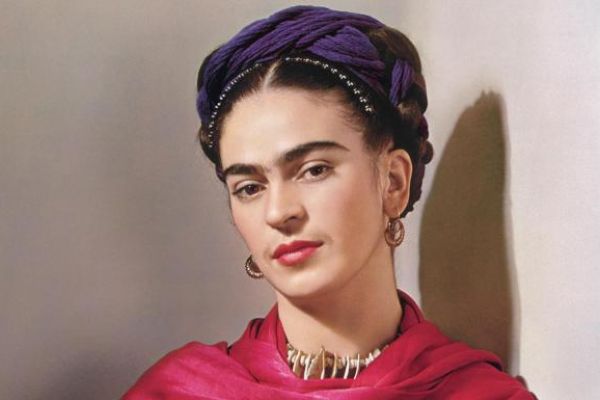The famous Mexican artist Magdalena Carmen Frida known as Frida Kahlo is known for her many self-portraits and paintings that are based on Mexican landscapes and old things.
She investigated postcolonialism, gender, class, and ethnicity in Mexican society using a simple folk painting technique influenced by the country’s popular culture.
She frequently combined realism, fantasy, and strong autobiographical themes in her paintings.
In addition to being a member of the post-revolutionary Mexicayotl movement, which sought to define a Mexican identity, Kahlo has been categorized as a surrealist or a practitioner of magical realism.
Her paintings are renowned for depicting her experience with chronic discomfort. Stay with us until the end to learn more about the death of Frida Kahlo.
Remembering the Death of Frida Kahlo
Page Contents
Frida Kahlo passed away at her home in Mexico on July 13, 1954, at the age of 47, although some believe she left behind concealed suicide notes.
Even though she has been deceased for quite some time, you have undoubtedly seen her everywhere, on socks, canvas bags, and even dishware. The death of Frida Kahlo has always been an enigma to everyone.
Frida Kahlo, one of the most renowned artists of the 20th century, is renowned for her distinctive manner and works of art.
Frida Kahlo’s official cause of death was pulmonary embolism, although there was no autopsy and some believe she may have overdosed.
As with many famous people, conspiracy theories surrounding Frida Kahlo’s death developed swiftly and captivated the public almost as much as her existence.
This is an accurate account of Frida Kahlo’s death. Kahlo deftly infused her artwork with her intimate feelings and personal insights.
The renowned Mexican artist died on July 13, 1954, at the age of 47, despite having produced an impressive body of work.
What Occurred To Her And How Did She Pass Away?
In 1953, Kahlo’s limb below the knee was amputated due to complications from one of the numerous surgeries she had endured.
Her health deteriorated as she aged, which was exacerbated by her excessive use of medications and drinking practices. Throughout her final days, Kahlo’s health deteriorated steadily.
Her final work, Self-Portrait Inside a Sunflower (1954), which lacks the precise brushstrokes that typically distinguish her work, demonstrates her waning vitality. However, Kahlo continued to labor until her death.
A few days prior to her death, Kahlo mustered the strength to use her wheelchair to attend a demonstration against the CIA-backed coup against democratically elected Guatemalan president Jacobo Arbenz.
A few days after the protest, on July 13, 1954, at the age of 47, Kahlo passed away. Despite the fact that pulmonary embolism was listed as Frida Kahlo’s official cause of death, many concerns remain.
Due to the hasty cremation and incomplete postmortem, her true cause of death was veiled in mystery.
Early Life Of Frida Kahlo
Kahlo was attracted to art at a tender age, learning how to draw from printmaker Fernando Fernández and sketching in sketchbooks.
In 1925, she began working outside of school to support her family. She briefly worked as a stenographer before becoming a paid engraving apprentice for Fernández.
Even though she did not consider art a career at the time, he was impressed by her ability. At the age of 18, Kahlo sustained terrible bus-related injuries and has since endured chronic agony.
As a result of the injury, Kahlo was compelled to spend three months in bed and began to paint. She began to consider a career incorporating her scientific and artistic abilities: medical illustrator.
Her mother gave her a specially designed easel so she could paint in bed, while her father lent her some of his oil paints. She placed a mirror above the easel so she could view herself.
She will be remembered forever. Peace be with you, Frida Kahlo.
Also Read: All About Parker Posey’s Dating History, Current Boyfriend & More





